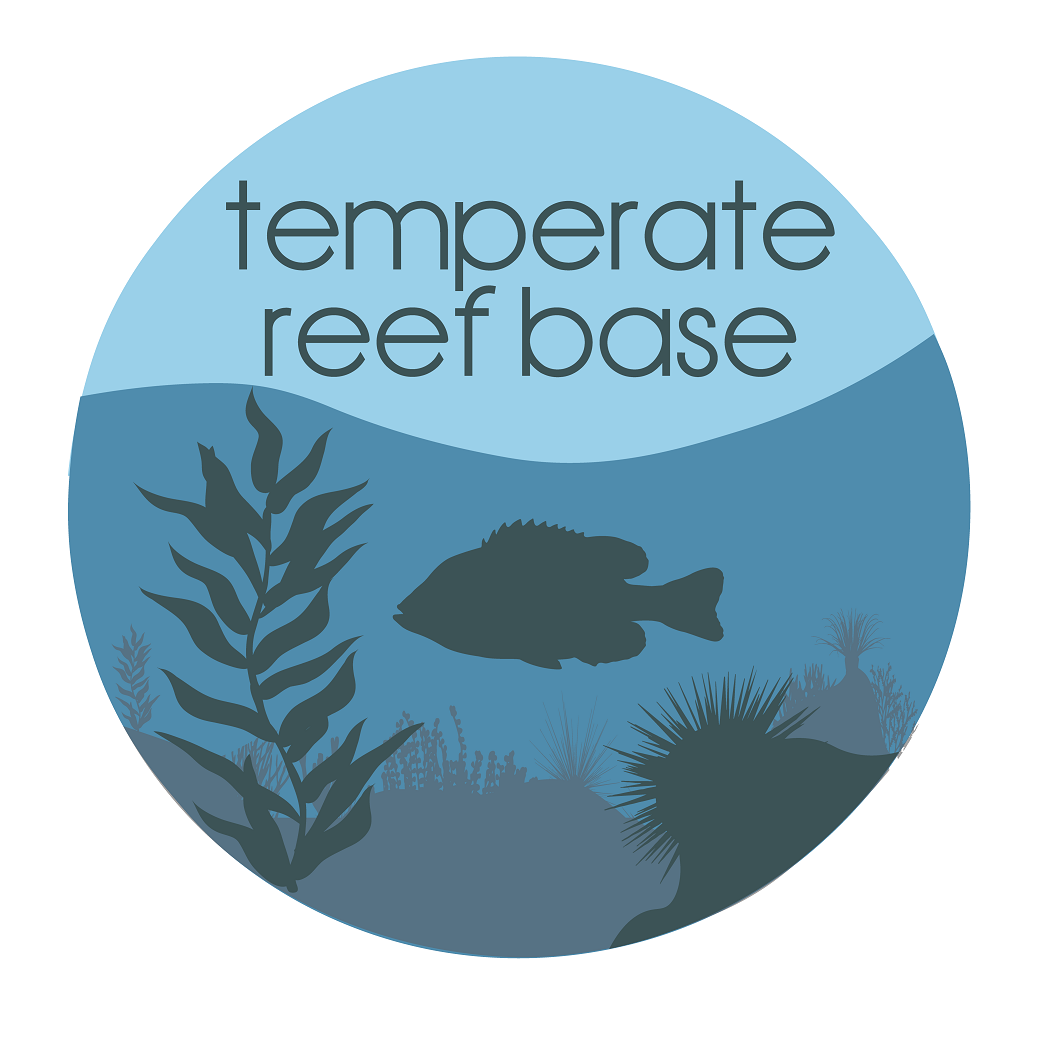Copepods
Type of resources
Topics
Keywords
Contact for the resource
Provided by
Years
-
Zooplankton samples were collected at two sites in south eastern Tasmania, between the years 2000 and 2001 using two types of plankton net. Samples were collected using horizontal hauls during the daytime only. All copepods, salps and chaetognaths were identified and enumerated.
-
Mesozooplankton community composition and structure were examined throughout the D’Entrecasteaux Channel, Huon Estuary and North West Bay, Tasmania. The data represented by this record was collected as part of a grazing study conducted in North West Bay (1-2 October, 2006). The grazing impacts of microzooplankton and mesoplankton on the phytoplankton communities were examined during several process studies. Experiments with mesozooplankton grazers were restricted to dominant omnivorous copepods (e.g. Acartia tranteri, Paracalanus indicus, Centropages australiensis) cladocerans and appendicularians. Grazing rates of microzooplankton reached as high as 96% of daily primary production, while that of mesozooplankton herbivours was never greater than 20%. Trophic interactions between the species are complicated by the recent arrival of the heterotrophic dinoflagellate Noctiluca scintillans to the region. This species grazes heavily on phytoplankton, smaller zooplankton and faecal pellets. Noctiluca scintillans accounted for up to 20% of mesozooplankton abundance in autumn and it is capable of both suppressing zooplankton abundance and reducing the sedimentation of faecal pellets to the seafloor.
 TemperateReefBase Geonetwork Catalogue
TemperateReefBase Geonetwork Catalogue